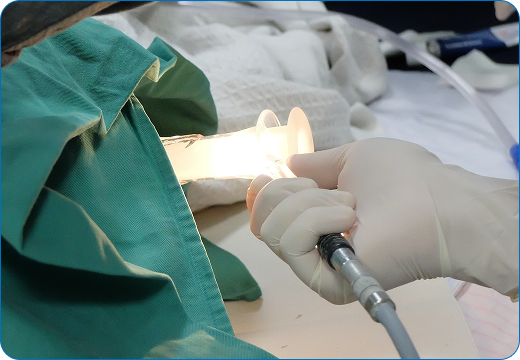A myringotomy involves making a small incision in the eardrum (tympanic membrane) to drain fluid, pus, or blood accumulated in the middle ear. In some cases, a ventilation tube (grommet or tympanostomy tube) is inserted to allow continuous aeration of the middle ear and prevent further fluid accumulation.
The procedure is quick, safe, and commonly performed in children with chronic ear infections (otitis media) or adults with persistent middle ear effusion.
A myringotomy involves making a small incision in the eardrum (tympanic membrane) to drain fluid, pus, or blood accumulated in the middle ear. In some cases, a ventilation tube (grommet or tympanostomy tube) is inserted to allow continuous aeration of the middle ear and prevent further fluid accumulation.
The procedure is quick, safe, and commonly performed in children with chronic ear infections (otitis media) or adults with persistent middle ear effusion.















.svg)









